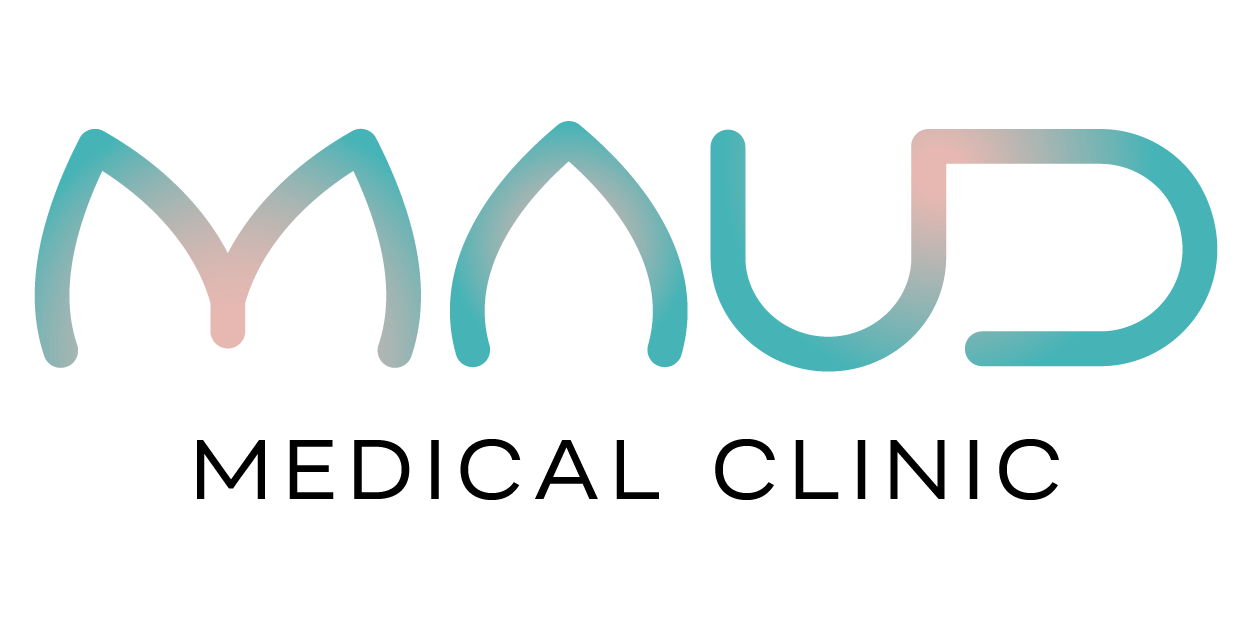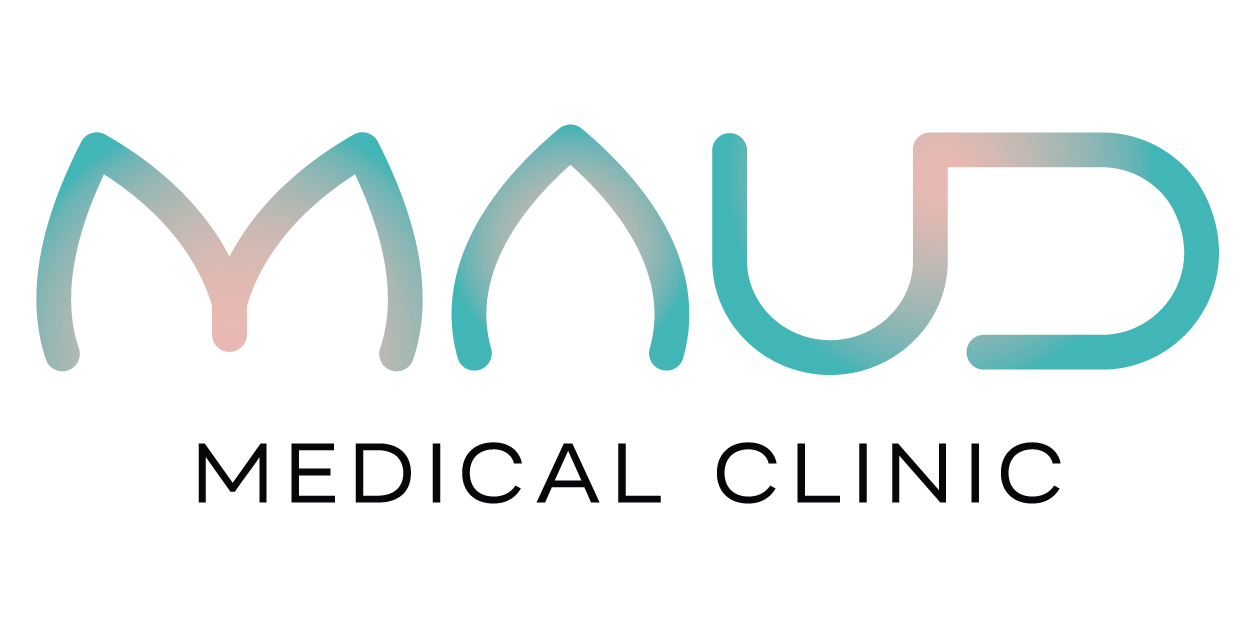Treatments for Genital Warts
There are many ways to treat genital warts. Even with treatment, however, it is possible that the warts will come back. This is because treating the warts does not necessarily get rid of the HPV causing the warts. Genital warts are not dangerous and will often resolve spontaneously. In 30% of women, the warts will resolve on their own as the bodies immune system clears the virus within three months. There is no medical cure to eliminate the HPV virus from your body. Your immune system will do this over time. All of the treatments are equally as effective and clear the warts about 90% of the time. If you choose to treat the warts, there are treatments that you can apply yourself and treatments that your doctor applies for you.
SELF TREATMENT
Read and follow the instructions that come with these medications carefully before applying to the skin. Most medications need to be washed off after a period of time – the exception is the sinecatechins 10% ointment. Possible side effects of all topical medications include burning pain, redness, swelling and erosion at the sites of application.
• Podophyllotoxin 0.5% This is a liquid solution or gel that destroys wart tissue. You apply it directly to the warts with a cotton-tipped applicator twice a day for three days followed by four days off for up to four weeks. It acts by stopping the cells from growing and dividing, and stimulates you body to destroy the affected cells.
• Imiquimod 5%. Apply a thin layer of this cream to the affected skin area. It acts by stimulating your body’s own immune system to fight the HPV. You use this cream up to three days per week for up to 16 weeks. Possible side effects include burning, itch, redness, swelling, anderosion at the sites of application.
• Imiquimod 2.5 - 3.75% This cream can be applied daily for up to two months of therapy.
• Possible side effects include burning, itch, redness, swelling, and erosion at the sites of application but are less common then the 5% cream.
• Sinecatechins 10-15% ointment. This is a green tea extract that also stimulates the body’s immune system. The ointment can be applied three times per day for up to four months. Local side effects have been reported.
PROVIDER APPLIED TREATMENT
• Podophyllin. This is a liquid solution similar to Podophyllotoxin that is applied by your doctor once a week for up to six weeks. It should be washed of with soap and water within 4-6 hours. Possible side effects include itching, burning, redness and swelling.
• Trichloroacetic Acid (TCA). This is an acid that causes the warts to dry up and fall off. It can be repeated 1-2 times per week as needed for up to 4 to 6 weeks. Side effects are similar to Podophyllin.
• Cryotherapy. This treatment freezes the warts using liquid nitrogen or nitrous oxide. Your doctor applies it once a week for up to three months. The most common side effect is pain during the therapy.
• Surgical Removal/Laser Therapy. Surgical removal with cautery burns off the warts. Laser therapy generates extreme heat, which vaporizes the warts. Often only one treatment is required. You may be required to undergo a general anesthetic in an operating room for these treatments. Pain following the procedures can last up to three weeks. Possible complications include lightening or darkening of the skin at the treatment sites, and potential scarring.
WHO DO I SEE FOR FOLLOW UP?
If the treatment is successful, you do not need to return to see the physician. If you still have warts after a course of therapy and would like to discuss further therapy return after you have completed your course of therapy and or return earlier if you are having problems with the prescribed therapy.

